The Wallaby is a small marsupial that lives in Australia, New Guinea, and New Zealand. They look similar to kangaroos, though kangaroos are larger.
Researchers recognize at least 45 different species of these animals, though not all species go by the name “Wallaby.” Some species grouped under that general term include Pademelons, Dorcopsis, Hare-Wallabies, Rock-Wallabies, and more. Read on to learn about the Wallaby.
Description of the Wallaby
These are relatively small creatures, and researchers consider any kangaroo-like animal smaller than a kangaroo and a wallaroo a “Wallaby.”
The smallest species is the Parma Wallaby, which weighs as little as seven pounds and stands just a foot and a half tall. The largest species measures five or six feet long. Like kangaroos and wallaroos, Wallabies have long legs, long tails, and stand upright on their hind legs.
Interesting Facts About the Wallaby
There are many different species of these animals, each having its own unique features and traits. Learn more about some individual species of Wallabies below.
- Parma Wallaby – The smallest Wallaby, and the smallest member of the kangaroo, or Macropodidae, family is the Parma. Researchers believed that this species actually went extinct in their natural range on the eastern coast of Australia. A surviving invasive population on New Zealand, along with several small populations in Australia that people discovered afterwards, saved the species and the IUCN currently lists them as Near Threatened.
- Nabarlek – This species is another itty-bitty Wallaby. They are quite rare, shy, and difficult to study. Their populations live only in two small regions in northern Australia, and the IUCN lists their populations as Endangered.
- Dorcopsis – The four species of Dorcopsis are unique because they live in dense forests rather than grasslands or open woodlands. They live in New Guinea and Indonesia in tropical and subtropical forests. The IUCN lists one species, the Black Dorcopsis, as Critically Endangered.
Habitat of the Wallaby
Different species of these animals live in different habitat types. Some Wallabies inhabit open grasslands and plains while others live in dense forests.
A few of the different ecosystems that these marsupials occupy include open woodlands, savannas, riparian areas near rivers or lakes, rocky outcrops, caves, and more. Wallabies in specific taxonomic genuses usually utilize similar habitat types.
Distribution of the Wallaby
These marsupials live throughout different regions of Australia, as well as New Guinea, and New Zealand. Humans introduced all of the Wallaby species that live in New Zealand today.
Different species have different ranges and distributions. Some populations overlap with those of other species. Other human-introduced populations exist in Hawaii, Scotland, Ireland, England, France, and the United Kingdom.
Diet of the Wallaby
All Wallabies are herbivores, which means they feed only on plants. They eat a variety of plant species and different plant parts, including leaves, grasses, fruits, vegetables, shrubs, and more.
Each species has its own unique diet. Wallabies in one region do not eat the same types of plants as those in a different region, because they do not have access to all the same foods.
Wallaby and Human Interaction
Human interaction and impact vary greatly based on the species at hand. Some species live in more urban areas and interact with humans frequently, while others rarely see humans at all.
For struggling populations, habitat destruction and hunting generally cause the most damage to the population. Some species have strong numbers and do not face extinction, while others are in immediate danger of disappearing from the face of the earth.
Domestication
Humans have not domesticated Wallabies in any way.
Does the Wallaby Make a Good Pet
No, Wallabies do not make good pets. They have very specific dietary needs and caring for these creatures is quite difficult. They also need secure enclosures for them to exercise and forage for food. In most places it is illegal to own one as a pet.
Wallaby Care
In zoos, Wallabies live in large enclosures that vary based on their natural habitats. Some are very shy and need lots of bushes, shrubs and hiding places. Other species live in grasslands or savannas with few trees and shrubs.
Their social needs also vary by species, and those that live in groups in the wild also live in groups in zoos. Zookeepers feed Wallabies different herbivore diets based on their species and the recommendation of their veterinarian.
Behavior of the Wallaby
The social and general behavior of these creatures depends on the species at hand. Some species are diurnal, which means they are most active during the day. Other species are nocturnal and active at night, or crepuscular and active at dawn and dusk.
Their social behavior also varies, with some Wallabies living in groups, some living alone, and some loosely associated with one another. In many solitary species, groups form around plentiful food or water.
Reproduction of the Wallaby
Reproductive rates also vary by species. All Wallabies are marsupials, which means that they give birth to a very small baby, called a “joey,” which continues to grow and develop in a pouch on its mother’s abdomen.
Most Wallabies have a gestation period around a month. The joey is very small and must crawl into the pouch on its own. Once in the pouch, it nurses and remains until it is large enough to leave the pouch. Weaning occurs at different rates based on the species.



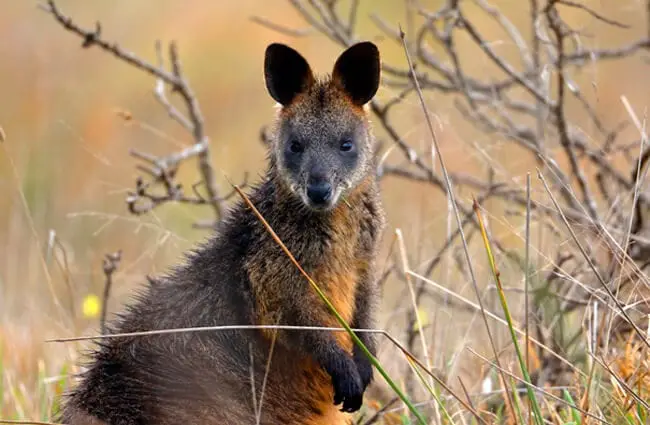
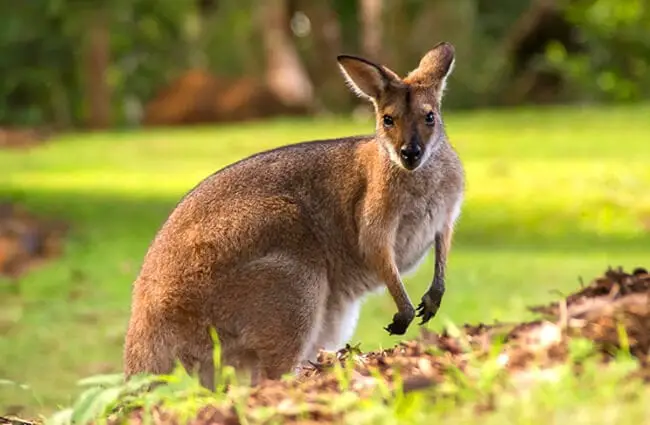

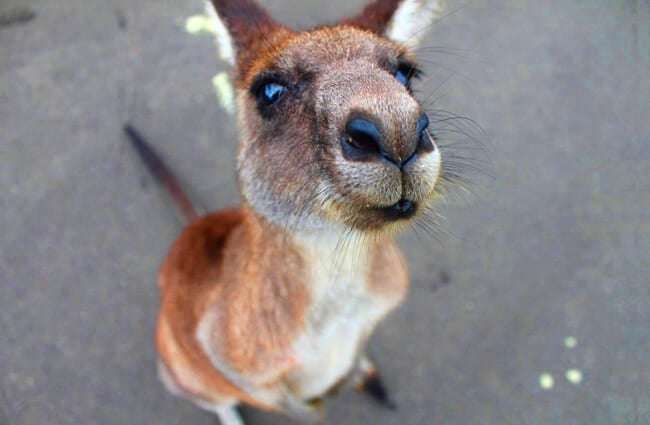
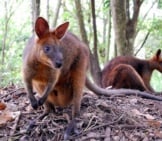
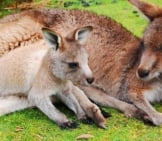
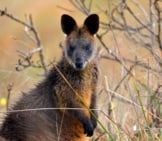
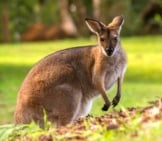

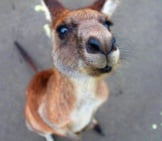
![Red Angus Closeup of a beautiful Red Angus cowPhoto by: U.S. Department of Agriculture [pubic domain]https://creativecommons.org/licenses/by/2.0/](https://animals.net/wp-content/uploads/2020/03/Red-Angus-4-238x178.jpg)












![Red Angus Closeup of a beautiful Red Angus cowPhoto by: U.S. Department of Agriculture [pubic domain]https://creativecommons.org/licenses/by/2.0/](https://animals.net/wp-content/uploads/2020/03/Red-Angus-4-100x75.jpg)

